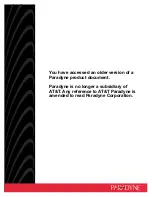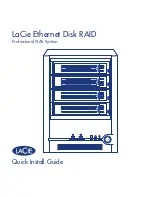
26. Virtual LANs
ROX™ v2.2 User Guide
269
RuggedBackbone™ RX5000
Note that this feature is strictly local to the switch. PVLAN Edge ports are not prevented from
communicating with ports off the switch, whether protected (remotely) or not.
26.2. VLAN Applications
26.2.1. Traffic Domain Isolation
VLANs are most often used for their ability to restrict traffic flows between groups of devices.
Unnecessary broadcast traffic can be restricted to the VLAN that requires it. Broadcast storms in one
VLAN need not affect users in other VLANs.
Hosts on one VLAN can be prevented from accidentally or deliberately assuming the IP address of a
host on another VLAN.
The use of creative bridge filtering and multiple VLANs can carve seemingly unified IP subnets into
multiple regions policed by different security/access policies.
Multi-VLAN hosts can assign different traffic types to different VLANs.
Figure 26.2. Multiple Overlapping VLANs
26.2.2. Administrative Convenience
VLANs enable equipment moves to be handled by software reconfiguration instead of by physical cable
management. When a host’s physical location is changed, its connection point is often changed as well.
With VLANs, the host’s VLAN membership and priority are simply copied to the new port.
26.2.3. Reduced Hardware
Without VLANs, traffic domain isolation requires using separate bridges for separate networks. VLANs
eliminate the need for separate bridges.
















































